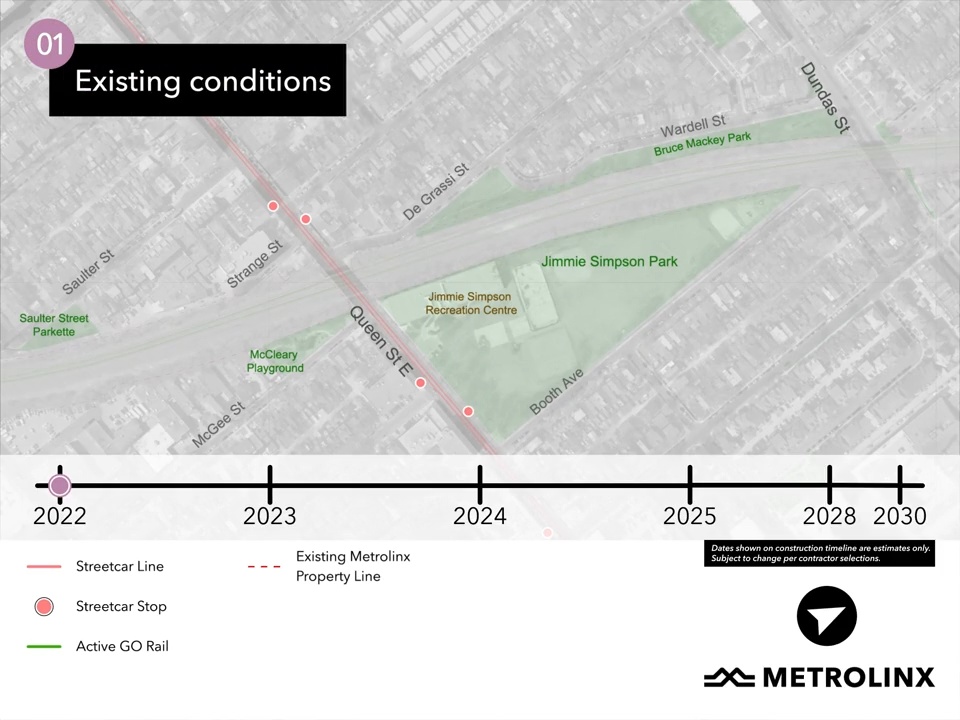It could be possibly for riders from North/South routes like 25/925 Don Mills, 24/924 Victoria Park and 68/968 Warden to transfer to Eglinton instead of Line 2 to get a seat if usage is lower. However being squash like sardines on Line 1 for a longer period of time might reduce at. This all...

urbantoronto.ca
OK clearly I glossed over that post.
But in any case, the arguments for OL vs RL and against ECLRT are completely different.
ECLRT is using the wrong technology for its purpose. You pretty much never see low floor LRT used in long subway tunnels, especially when building a brand new line. Low floor LRT trains have bogies that stick above the floor level, which means the corridor in the middle of the train is cramped and narrow, the seats are laid out really inefficiently, and moving along the length of a crowded train is difficult or impossible. Boarding and alighting becomes much slower becuase of the small doors and inefficient circulation inside, which makes it hard for people to move in and out. The at-grade section will also limit possible headways, which further decreases capacity. All of this means to achieve the same capacity, you need to build much longer platforms, which for underground stations, is a lot of money.
ECLRT did not trade capacity for cost, it spent money poorly on a technology that provides worse capacity per dollar on an underground line, while sacrificing speed and reliability by putting the above ground section at street level.
Note how ECLRT's maxed out capacity is about 15k ppdph with 90m trains and platforms at 2 minute headways. Now note that the Canada Line's max capacity is also 15k ppdph at 2 minute headways, except the Canada Line gets to that number with *50m* trains and platforms.
What's more, with Canada Line, headways could realistically be reduced to 90 seconds at peak due to full grade separation and large doors. So you could probably even get away with even shorter trains for 15k ppdph light metro. This is impossible with surface low floor LRT due to traffic lights and also slow boarding and alighting on low floor trains.
Obviously 50m underground stations are much cheaper than 90m underground stations. That money could be spent on elevating the surface section and replacing the surface stops with 50m elevated stations (you also save some money from not having to rebuild the whole street to fit a median LRT). Maybe it works out to being slightly cheaper or more expensive for light metro, but regardless, it's a dramatically better system (same capacity but faster, more reliable, more frequent) for a similar price. The only caveat is that the higher speed would likely attract more riders causing more capacity to be needed, and thus necessitating a higher cost to add that extra capacity, but that's a good problem to have.
OL is completely different. You can't build a significantly higher capacity, higher speed, or otherwise better system along the same corridor with the same stations for the same cost (if you don't consider things like becoming more competent and building at European prices, or politically impossible options like demolishing homes for the entire corridor or elevated on Pape or Queen). The only way to add capacity would be to lengthen platforms, which is money, so it really is trading capacity for cost.



urbantoronto.ca